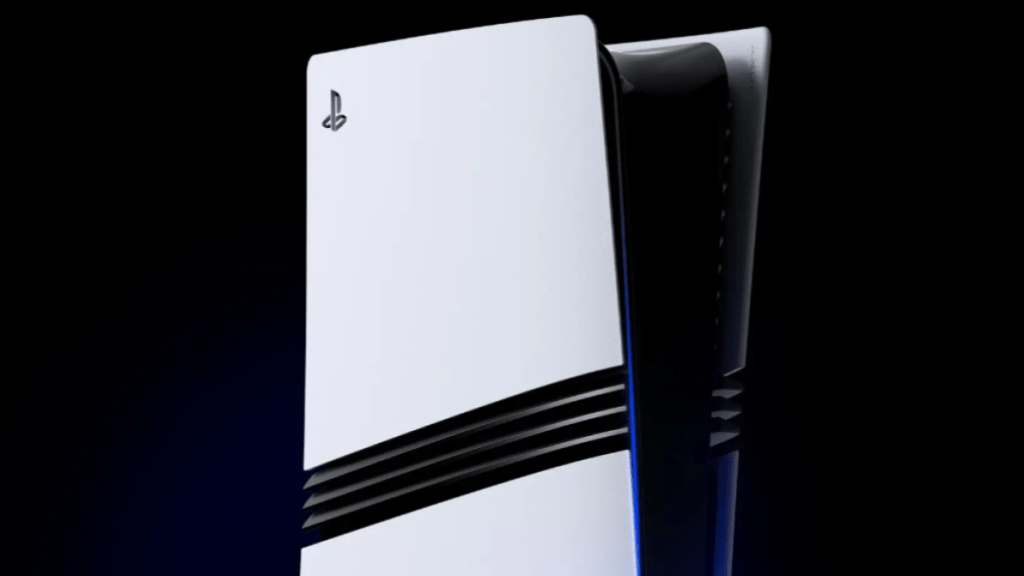President Donald Trump’s approval ratings have dipped, falling into negative territory for the first time as disapproval surpasses approval, based on an average compiled by Newsweek.
Importance of the Shift
Trump’s approval rating is a crucial measure of his political standing as he navigates his second term and gears up for upcoming policy confrontations.
A change in these numbers may impact support from Republican legislators, influence his capability to execute his agenda, and reshape the political environment leading into the midterm election period.
Key Statistics
The Newsweek average of the latest 10 polls indicates that Trump’s approval rating is at 47 percent, while his disapproval rating has reached 49 percent.
| Poll | Date | Approve | Disapprove |
| Reuters/Ipsos | March 11-12 | 44 | 52 |
| Rasmussen Reports | March 13 | 52 | 47 |
| YouGov/Economist | March 9-11 | 47 | 47 |
| Emerson College | March 8-10 | 47 | 45 |
| Morning Consult | March 7-9 | 49 | 49 |
| Quinnipiac | March 6-10 | 42 | 53 |
| UJ/SSRS | March 6-9 | 45 | 54 |
| Daily Mail/J.L. Partners | March 5-7 | 49 | 51 |
| Trafalgar/InsiderAdvantage | March 5 | 50 | 45 |
| TIPP | Feb 26-28 | 47 | 43 |
This marks the first occasion that Newsweek’s tracking has revealed Trump in negative territory after maintaining a steady approval rating of 48 percent for the past week, briefly peaking at 49 percent on March 6. His disapproval rating had also hovered around 48 percent, dipping to 47 percent on March 6 but now climbing to 49 percent.
The trend shows that Trump’s approval has been on a consistent downward trajectory in recent polls, with one survey last week indicating his net approval turned negative for the first time since his return to the White House on January 20. The latest YouGov/Economist poll, conducted from March 9 to 11 among 1,532 registered voters, reveals his disapproval rose to 47 percent, up from 45 percent in a poll conducted between February 23 and 25. Meanwhile, his approval rating decreased from 48 percent to 47 percent, with both polls reporting a margin of error of +/- 3 percentage points.
President Donald Trump addresses attendees during the annual St. Patrick’s Day luncheon at the Capitol in Washington on March 12, 2025.
J. Scott Applewhite/AP
An Emerson College poll taken from March 8 to 10 indicated Trump’s approval at 47 percent and disapproval at 45 percent, down from 48 percent approval and 43 percent disapproval noted earlier in March. A Trafalgar Group/InsiderAdvantage poll from March 5 also reflected a decrease in approval, dropping to 50 percent from 54 percent in February, with both polls exhibiting a margin of error of about 3 percentage points.
In Quinnipiac University’s most recent poll, conducted from March 6 to 10 among 1,198 registered voters, Trump’s disapproval climbed by 4 points to 53 percent, while his approval rating declined to 42 percent from a previous 45 percent in a poll conducted on February 19. This poll reported a margin of error of +/- 2.8 percentage points.
While some polls have shown rising disapproval for Trump, his approval has stayed the same or even increased in a few instances.
For example, in the latest survey from Reuters and Ipsos conducted between March 11 and 12 among 1,422 respondents, disapproval registered at 52 percent, a rise from 51 percent in an earlier poll between March 3 and 4 involving 1,174 adults. However, Trump’s approval rating remained steady at 44 percent, with both polls carrying a margin of error of +/- 3 percentage points.
Recent polling indicates that dissatisfaction with Trump’s economic management significantly contributes to his declining popularity. In Quinnipiac’s latest poll, only 41 percent approved of his economic policies, while 54 percent disapproved. Similarly, the YouGov/Economist poll shows Trump’s approval rating on jobs and the economy at 43 percent, while disapproval stands at 47 percent, reflecting a shift from February when 44 percent approved compared to 45 percent who disapproved.
Concerning inflation and pricing, Trump’s approval rating has seen a decline of 2 points in the YouGov/Economist poll, now at 38 percent, while disapproval increased from 49 percent to 52 percent. Nevertheless, his performance regarding taxation and government expenditure has shown the most considerable fall, with disapproval at 47 percent, up from 43 percent in February, and approval down to 44 percent from 48 percent.
These trends are also reflected in the Reuters/Ipsos poll, which indicates that 57 percent of Americans believe Trump’s strategies to revamp the U.S. economy have been excessively erratic, particularly his aggressive tariff policies that many claim have unsettled the stock market.
This week, Trump moved forward with plans to impose additional tariffs on goods from Canada, Mexico, and China, a decision that some experts warn could potentially escalate inflation. Goldman Sachs previously estimated that such tariffs might elevate inflation by 1 percent while constricting U.S. corporate profits and inciting retaliatory responses from other nations. For instance, Canada has already announced significant retaliatory tariffs.
Inflation is already influencing the economy, as a January Labor Department report reflected the largest consumer price increase in nearly a year and a half. However, other indicators suggest that inflation has been on the decline more recently.
In the Reuters/Ipsos poll, a notable 70 percent of respondents—nine out of ten Democrats and six out of ten Republicans—anticipate that rising tariffs will lead to increased costs for groceries and essential items. Additionally, 61 percent of respondents believe Trump’s top priority should be to address the rising costs of living.
The latest UJ poll, conducted from March 6 to 9 among 1,206 participants, indicated a high degree of dissatisfaction with Trump’s tariff management. A majority, 61 percent, disapproved of his approach to tariffs, while only 39 percent approved. This poll also showed that 56 percent disapproved of his economic handling, versus 44 percent approval. Similarly, in the Emerson College poll, Trump’s disapproval rate on economic issues reached 48 percent, compared to 37 percent for approval.
Trump’s net approval rating has dipped into the negative for the first time during his second term, indicating more disapproval than approval regarding his job performance. This change comes after his approval rating had maintained a steady state at 48 percent over the past week, peaking at 49 percent on March 6, per Newsweek’s average.
His disapproval rating has primarily remained around 48 percent, having briefly fallen to 47 percent on March 6, now escalating to 49 percent.
Trump’s current approval rating of 47 percent is lower than Joe Biden’s approval at the same stage of his presidency on March 14, 2021, when Biden had a 53 percent approval and a 42 percent disapproval, according to RealClearPolitics.
Polls taken shortly after Trump’s inauguration revealed his approval ratings to be at an all-time high, even though he was still the least popular president in recent history.
Gallup’s first poll of Trump’s second term, conducted from January 21 to 27, showed him with a 47 percent initial approval rating, making him the least popular president since 1953 at the start of a term, and the only one to begin with a sub-50 percent approval rating. In contrast, Biden started his first term with a 57 percent approval rating, according to Gallup.
Trump’s approval rating now is also lower than it was at the same time in his first term.
The RealClearPolitics tracker indicates that on March 14, 2017, his approval stood at 50 percent, while his disapproval was at 44 percent.
Looking Ahead
Trump’s approval ratings are expected to fluctuate in the upcoming weeks, depending on the outcomes of crucial events, including vital discussions on the Russia-Ukraine conflict, escalating tariff disputes with other nations like Canada, and concerns regarding a potential recession in the U.S.
Newsweek will provide updates on Trump’s average approval rating on a weekly basis.










 Bengali (Bangladesh) ·
Bengali (Bangladesh) ·  English (United States) ·
English (United States) ·